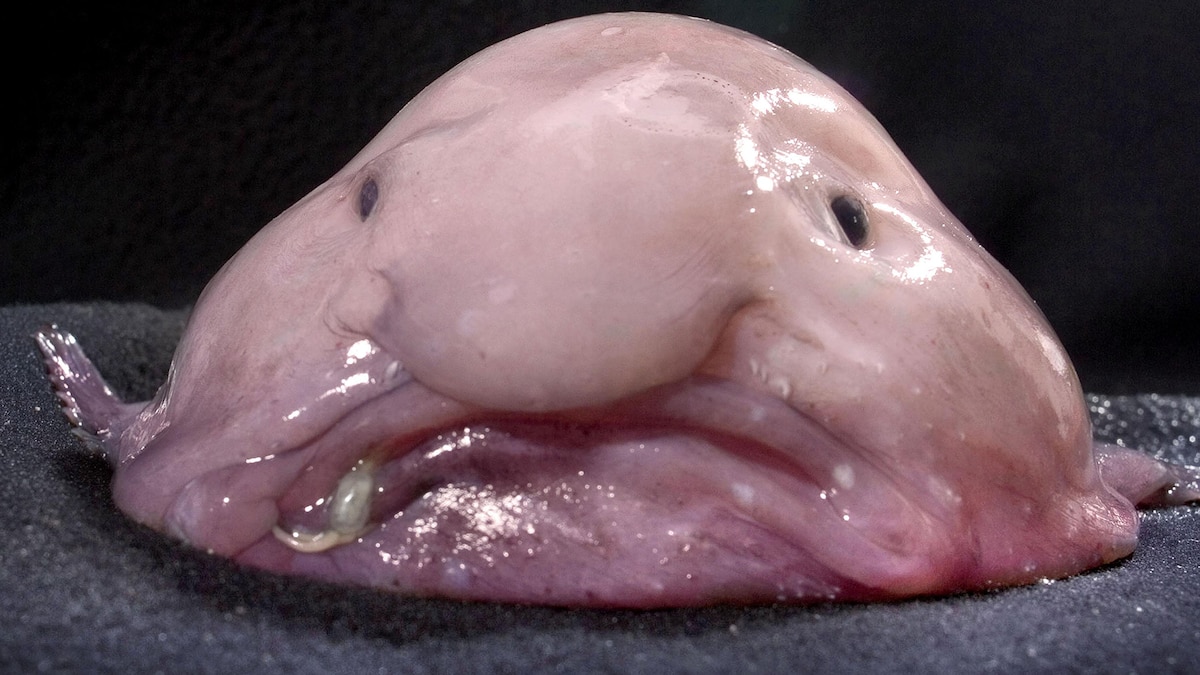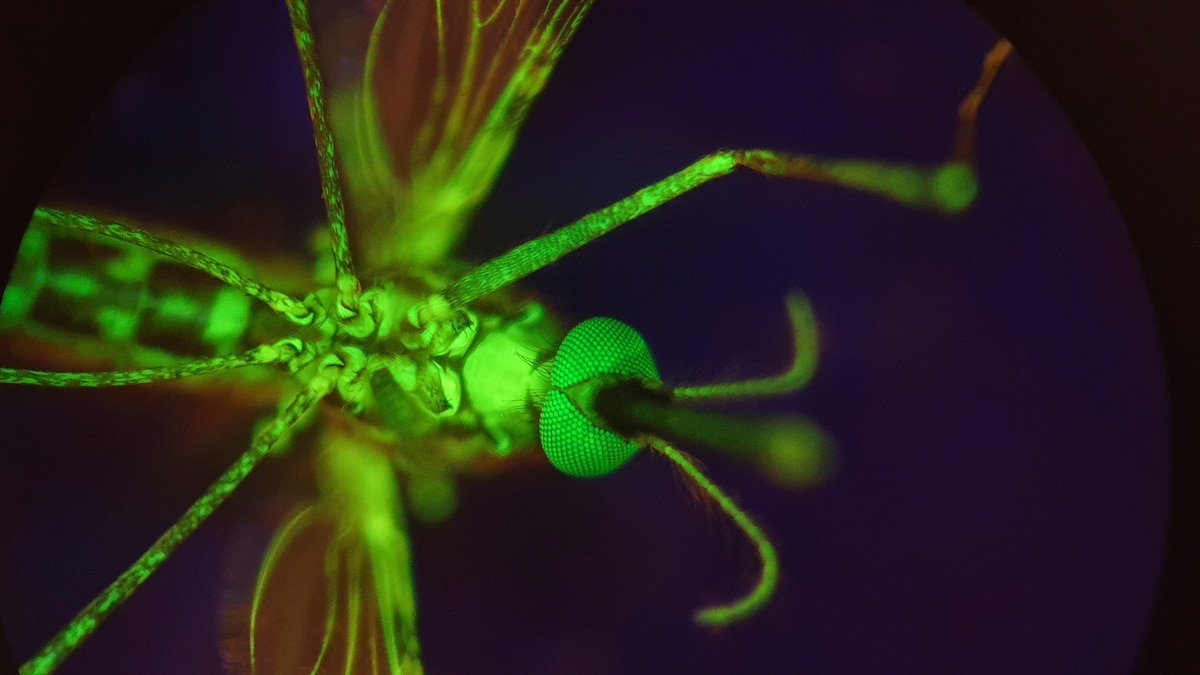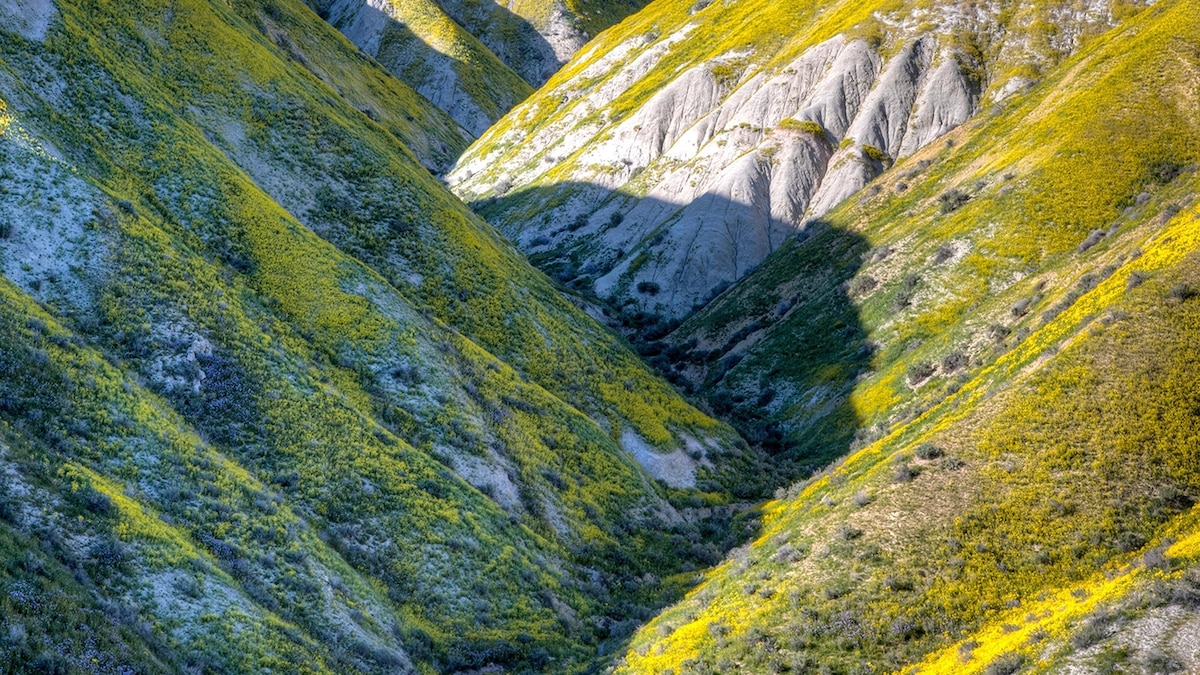Now Reading: The ‘ugly’ blobfish looks much svelter underwater
-
01
The ‘ugly’ blobfish looks much svelter underwater
The ‘ugly’ blobfish looks much svelter underwater

In 2013, the blobfish was voted World’s Ugliest Animal by the Ugly Animal Preservation Society in an effort to get some attention for creatures who aren’t exactly panda-cute. The blobfish fit the bill, largely because most of us had only seen it in a viral photo where it looked like it was melting—and it was dead.
Oh, how fortunes can change. This month, the blobfish was named New Zealand’s Fish of the Year in an annual contest to promote biodiversity.
But the viral blobfish that we all know and love doesn’t actually look like the fish who lives deep underwater.
The photo of Mr. Blobby, as he came to be known, was taken during a 2003 research expedition, trawling the Pacific Ocean between Australia and New Zealand, where some blobfish live. Mr. Blobby was caught in the net with thousands of other animals.
It’s hard to study animals at this depth in the cold, since they spend a lot of time in a habitat “on the continental shelf to the deep sea,” says Matthew Davis, a professor of biological sciences who specializes in fish evolution, at St. Cloud State University in Minnesota.
Since blobfish live so deep, it’s rare to see them, but they’re different from most fish.
Rather than scales, blobfish have loose skin. That skin, along with the ocean pressure, keeps the blobfish’s shape. But outside the ocean environment, they tend to fall apart.

Underwater, the blobfish has a large head and a tapered body, like a tadpole.
Photograph By NOAA / MONTEREY BAY AQUARIUM RESEARCH INSTITUTE / SCIENCE PHOTO LIBRARY
What a blobfish really looks like
Many benthic (aka bottom-dwelling) fish sustain tissue damage to their skin from being stuck in a net for some time and hauled up from such great depths, says Davis.
Mr. Blobby was bobbing around between 3,320 and 4,390 feet below. (Under 650 feet, there’s not much significant light.) Those depths are icy cold, so taking a fish to the surface quickly is like “heating something that’s glued together and the glue starts to melt,” says Ben Frable, marine vertebrate collection manager at the Scripps Institution of Oceanography in San Diego.
So, blobfish don’t really look like melting ice cream in their natural environment. Underwater, they’re shaped like tadpoles: big on the front end, tapering down to their tail.
“The front half of their bodies evolved to be pretty much a giant head,” Frable says. To get food, they wait until it swims or crawls by. “They open their mouth rapidly and create suction to slurp up a prey item, like a small fish or invertebrate.”
Aside from having skin in lieu of scales, there are some other differences.
Most bony fish have gas bladders, which are simply gas-filled organs, to help keep them buoyant. Blobfish, like sharks, have no gas bladder. To compensate, they lack some weighty things, like muscle mass and a heavy skeleton, in addition to the scales.
“They’re weakly ossified,” Frable says. “They don’t have very bony bones.”
These adjustments make sense in terms of survival. They don’t need muscles for speed or scales for protection, since they have few natural predators. Frable notes that they also have an extracellular matrix, a layer of tissue that’s mostly water, likely to provide some structure and buoyancy, and they tend to move sparingly to conserve energy.
After all, in what Frable calls “the largest habitat on the planet,” who knows when another meal will wander by?























